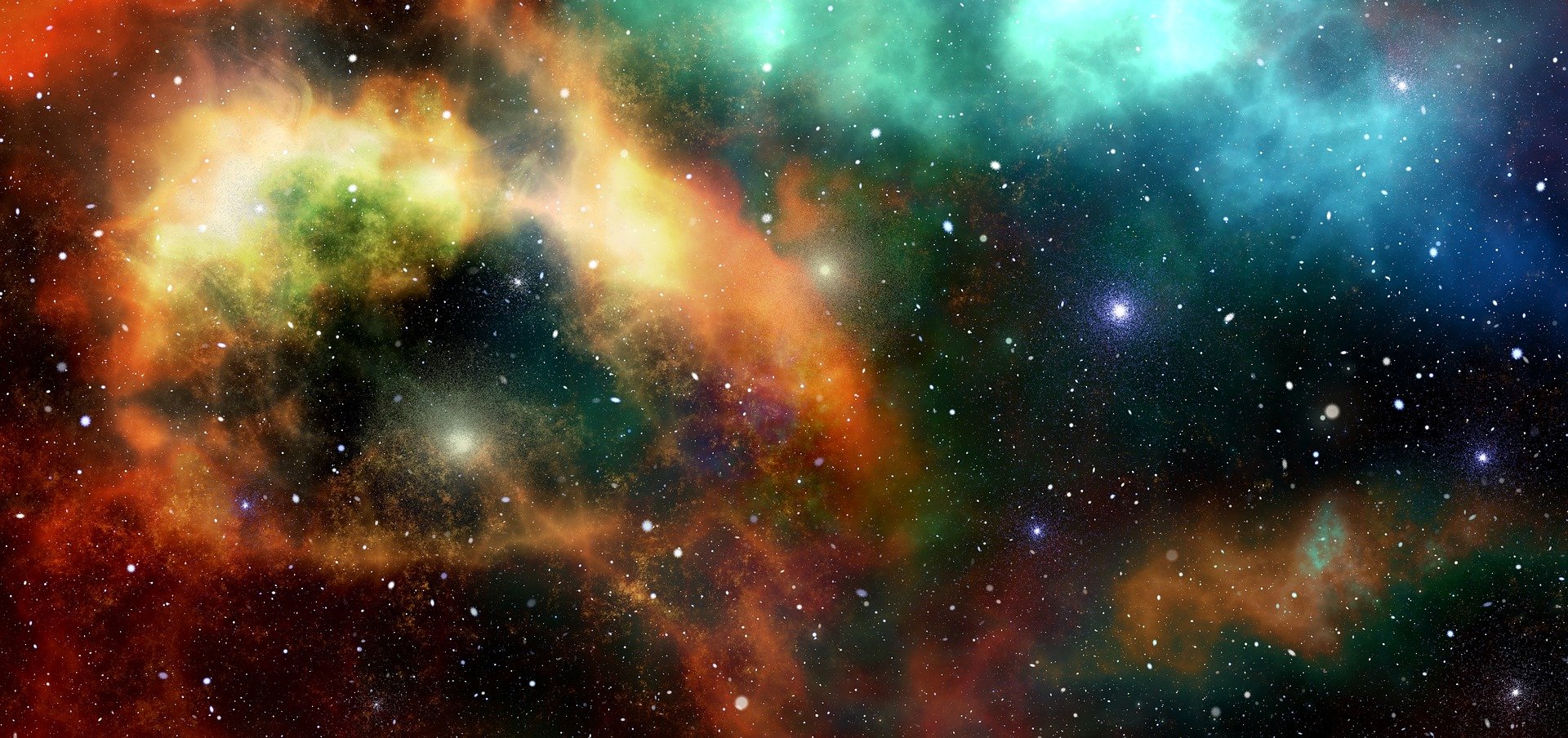New research puts age of universe at 26.7 billion years, nearly twice as old as previously believed::Our universe could be twice as old as current estimates, according to a new study that challenges the dominant cosmological model and sheds new light on the so-called “impossible early galaxy problem.”



What you’re talking about is the energy dependence of the coupling constants, which is a phenomenon that is very well understood theoretically, and also checked in experiments. The early universe was much hotter, and thus particles had much more kinetic energy and “felt” slightly different coupling constants. The neat thing is that, since this is a purely energy-dependent effect, we can recreate the conditions of the early universe: the collisions at LHC have an energy of the order of 1 TeV, which corresponds to a temperature of 1016K, the temperature 10-12 s after the Big Bang. Anything after the first 10-12 s we can directly recreate, and from 10-12 s to about 10-30 s-ish we can more or less reliably extrapolate. And of course this is all included in the standard Lambda-CMD cosmology.
Although the article is behind a paywall (which is somewhat strange in cosmology, but I digress), you can check other articles by the same author that also use the “varying constants” framework, for example https://arxiv.org/abs/2201.11667. His framework is that the speed of light c, the Planck constant h, the Boltzmann constant k and the Gravitational constant G depend directly on time, or to be more precise, on the expansion factor of the universe. There are two big differences with respect to what you were saying: